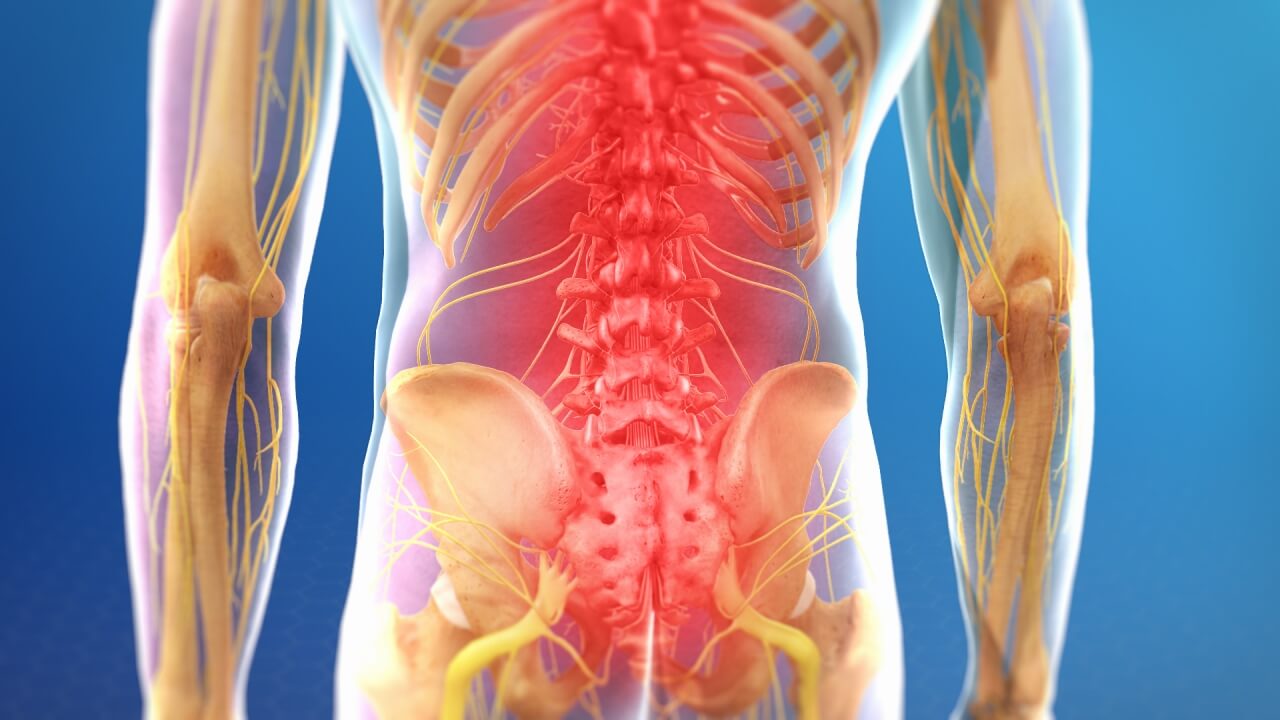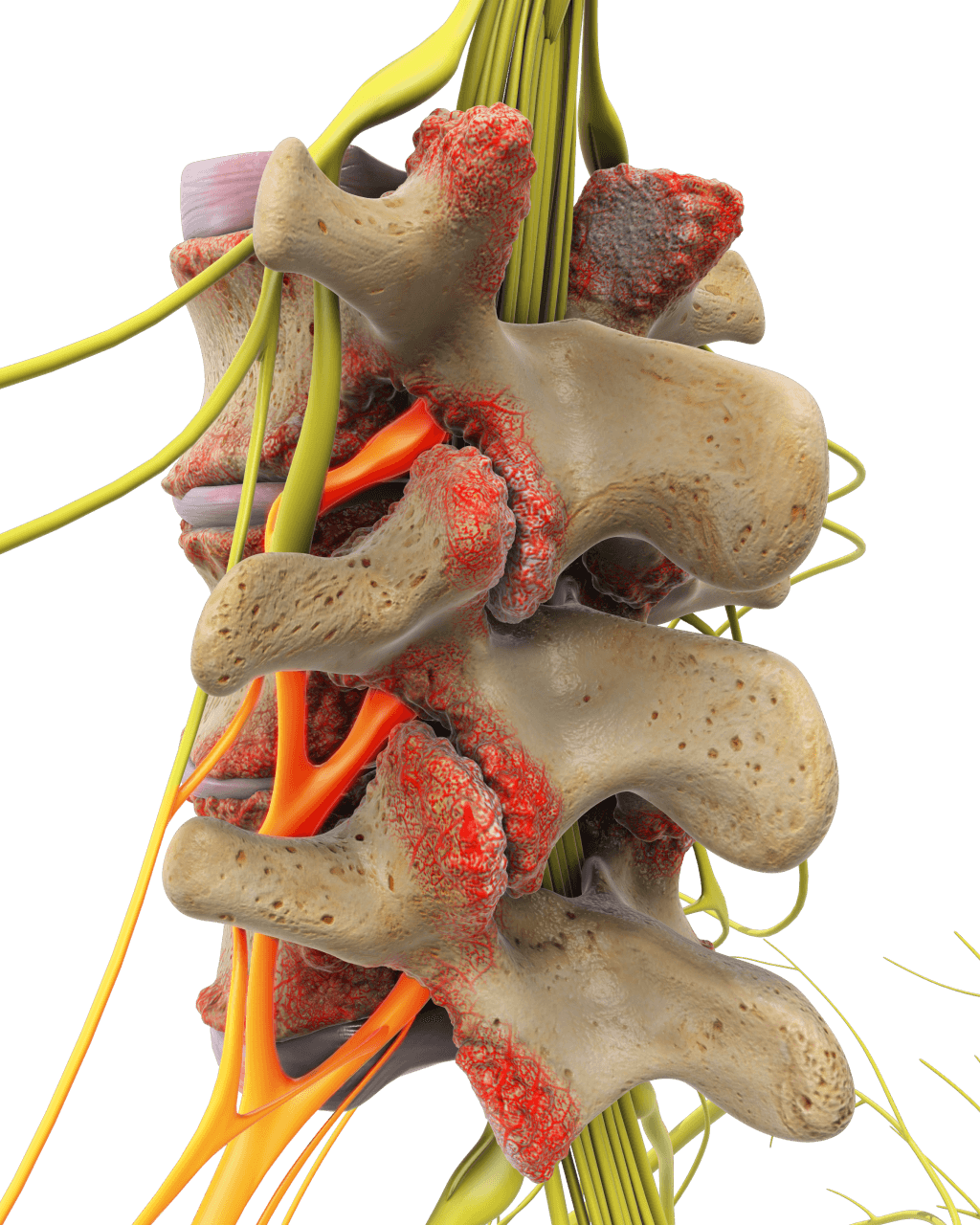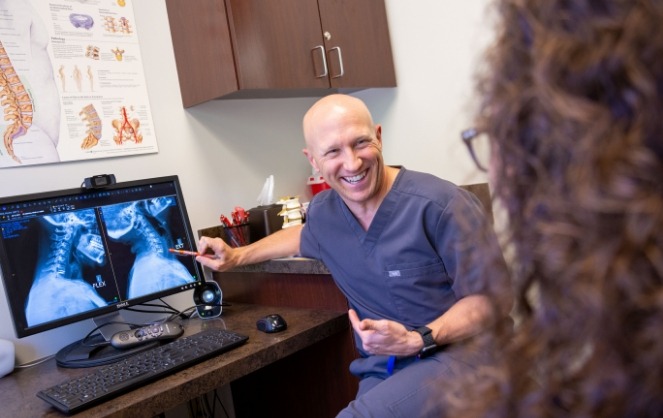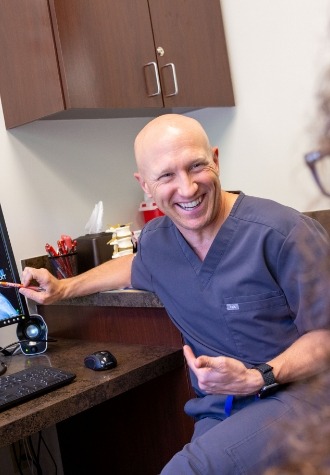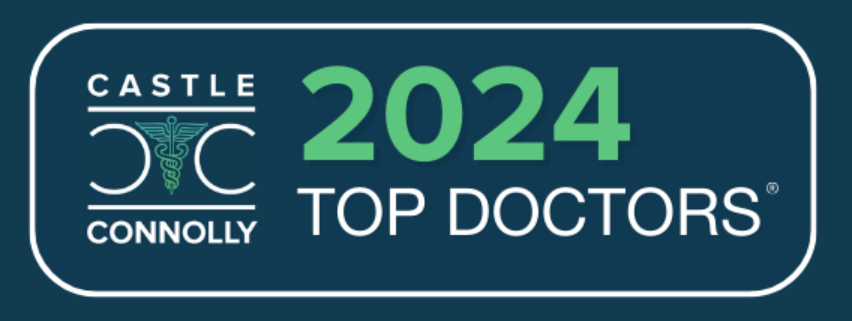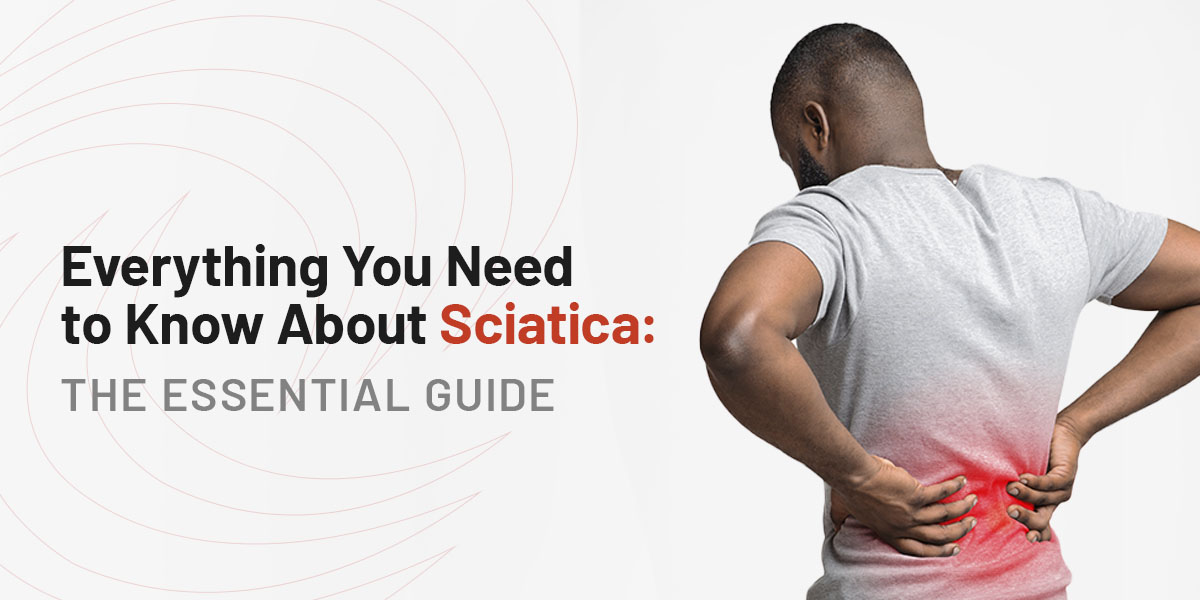
February 10, 2025
Everything You Need to Know About Sciatica: The Essential Guide
Are you tired of dealing with nagging back pain that radiates down your leg? You may be experiencing sciatica — a common but complex condition affecting the sciatic nerve, often leading to sharp, shooting pain from the lower back down to the legs.
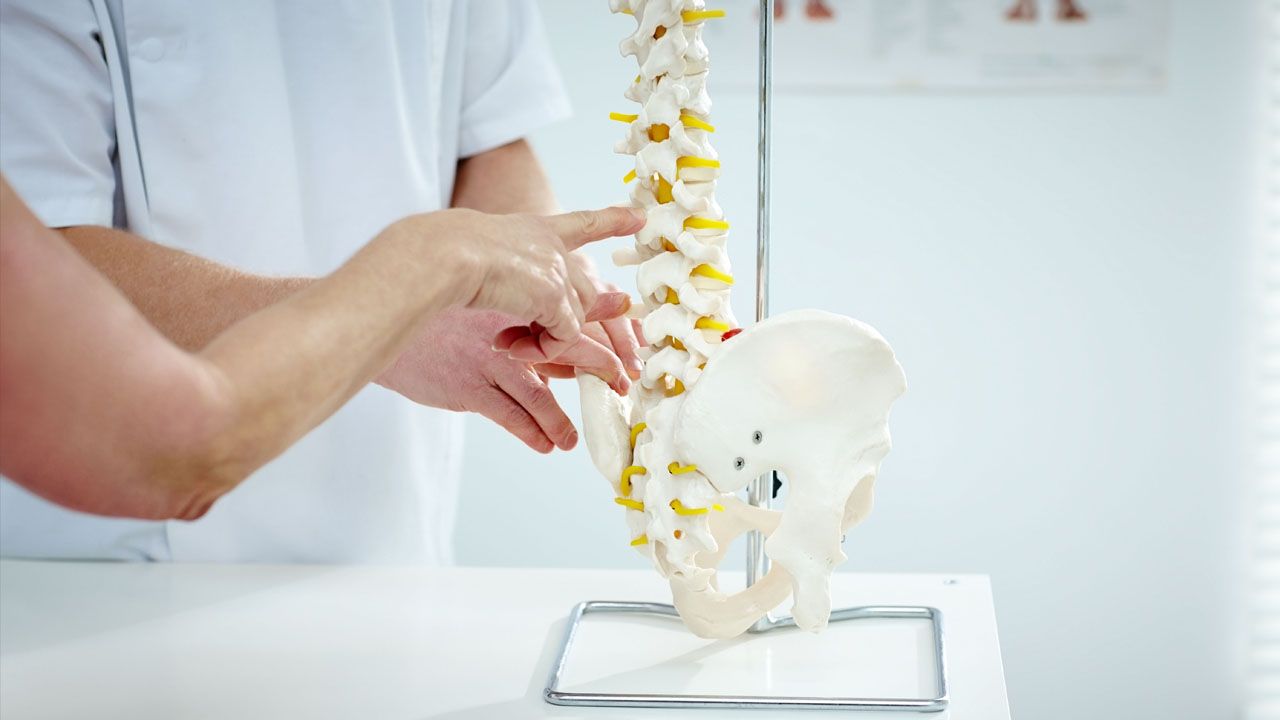
November 20, 2024
Understanding Recovery After Spinal Surgery: What to Expect and How to Heal

November 6, 2024
Recognizing Emergency Signs of Herniated Discs: What You Need to Know
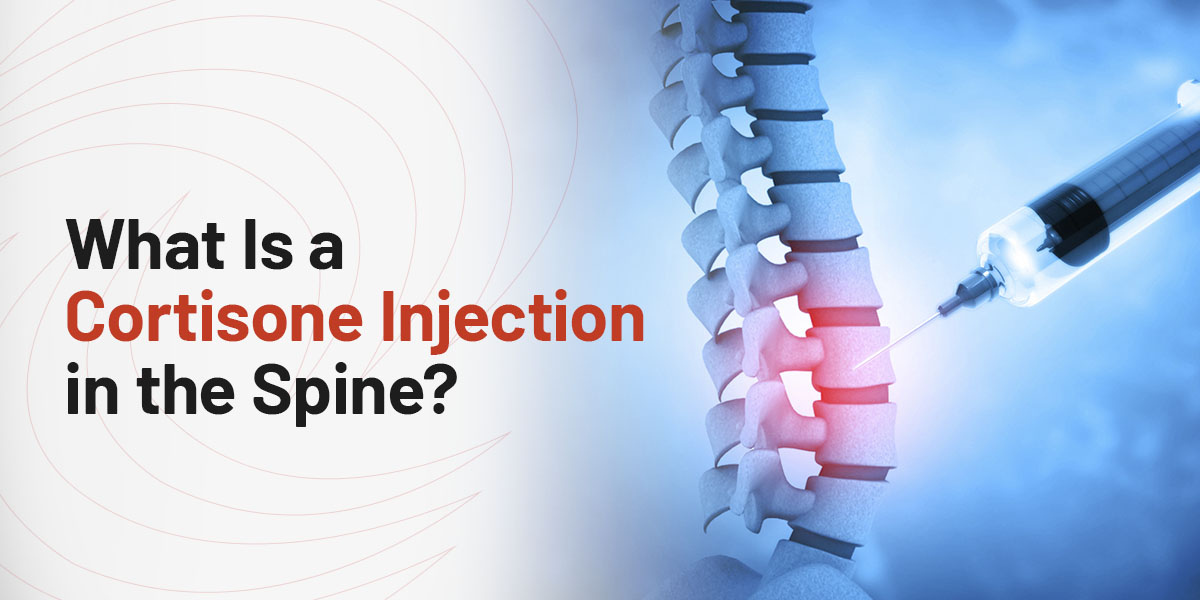
November 6, 2024
What Is a Cortisone Injection in the Spine?
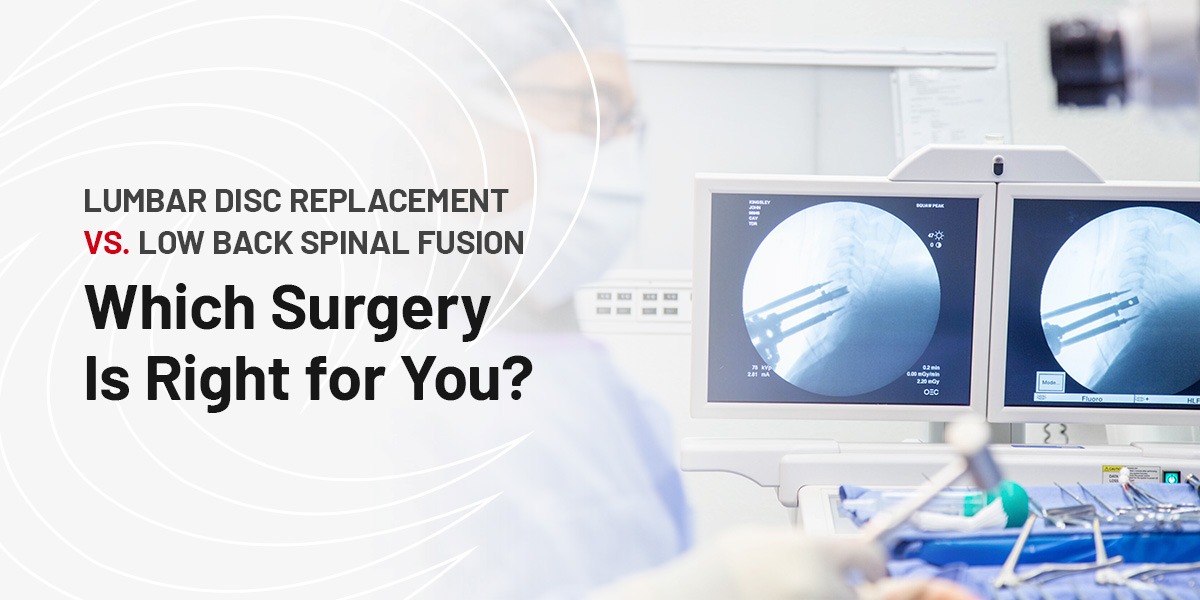
October 3, 2024
Lumbar Disc Replacement vs. Low Back Spinal Fusion: Which Surgery Is Right for You?

July 31, 2024
The Dangers of Delaying MRI Diagnosis for Canadians
Chronic back or neck pain can be more than just a nuisance; it can be a sign of serious spinal issues requiring immediate attention. For many Canadians, long wait times for MRI diagnostics and specialist consultations can pose significant risks, including permanent paralysis and chronic pain. This blog post explores the dangers of delaying MRI […]
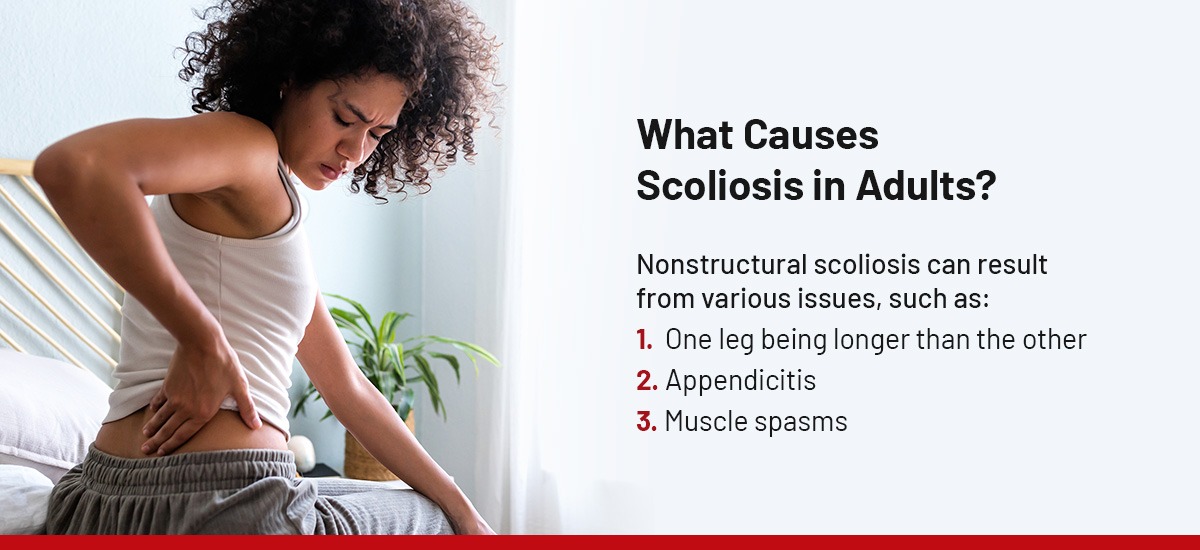
July 19, 2024
Possible Causes of Scoliosis
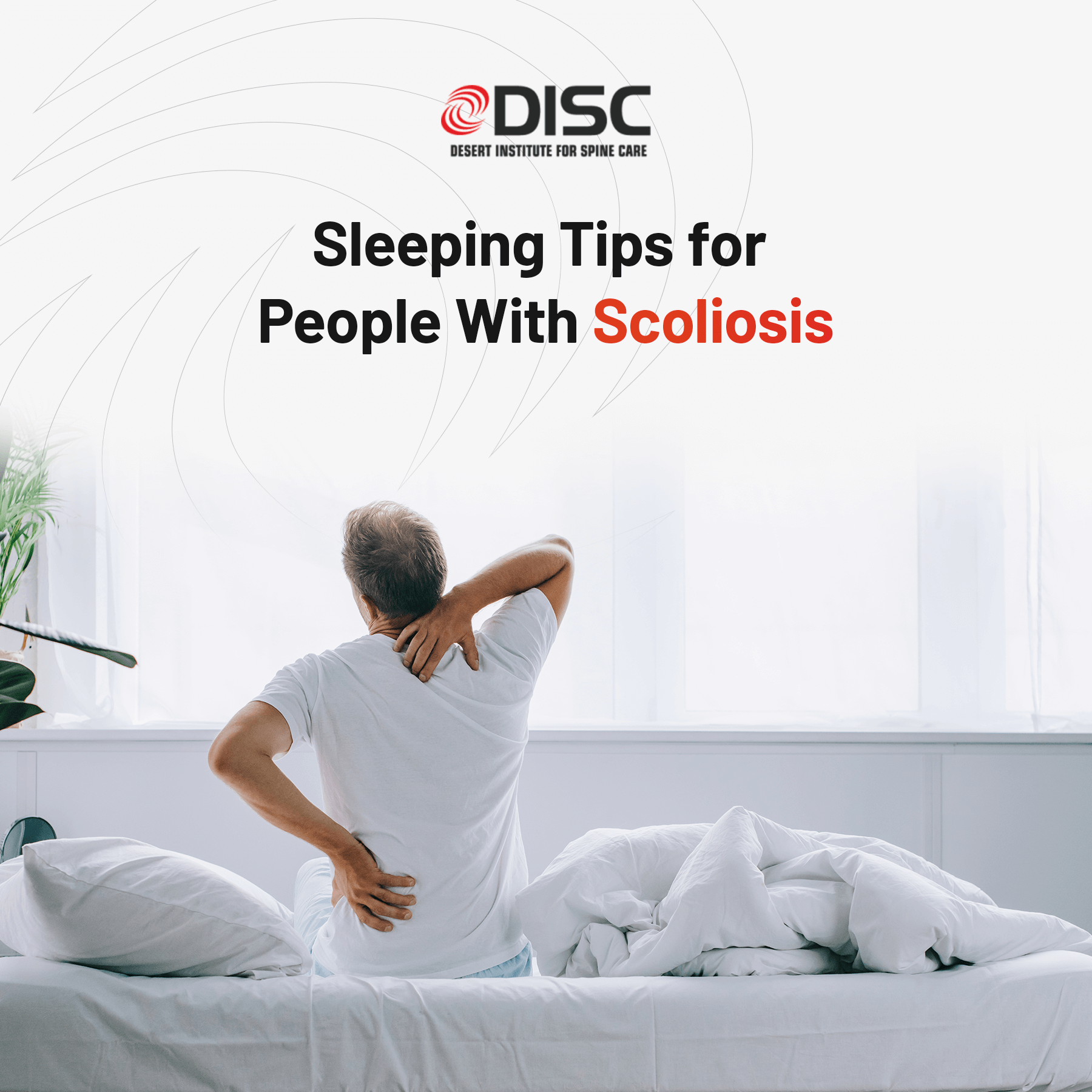
March 5, 2024
Sleeping Tips for People With Scoliosis
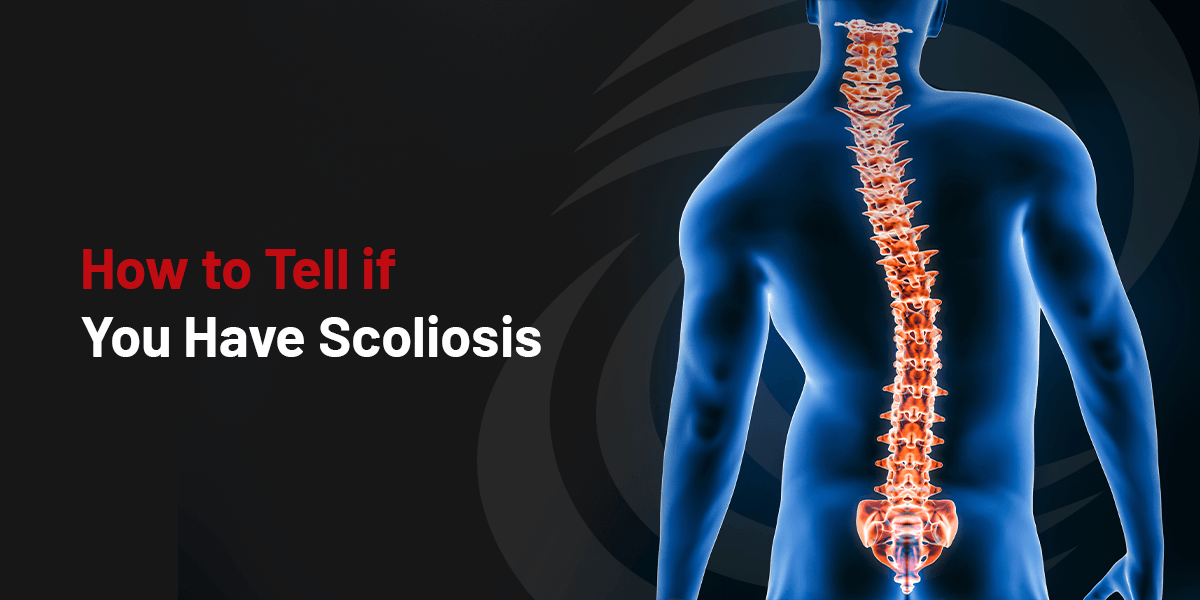
March 5, 2024
How to Tell if You Have Scoliosis
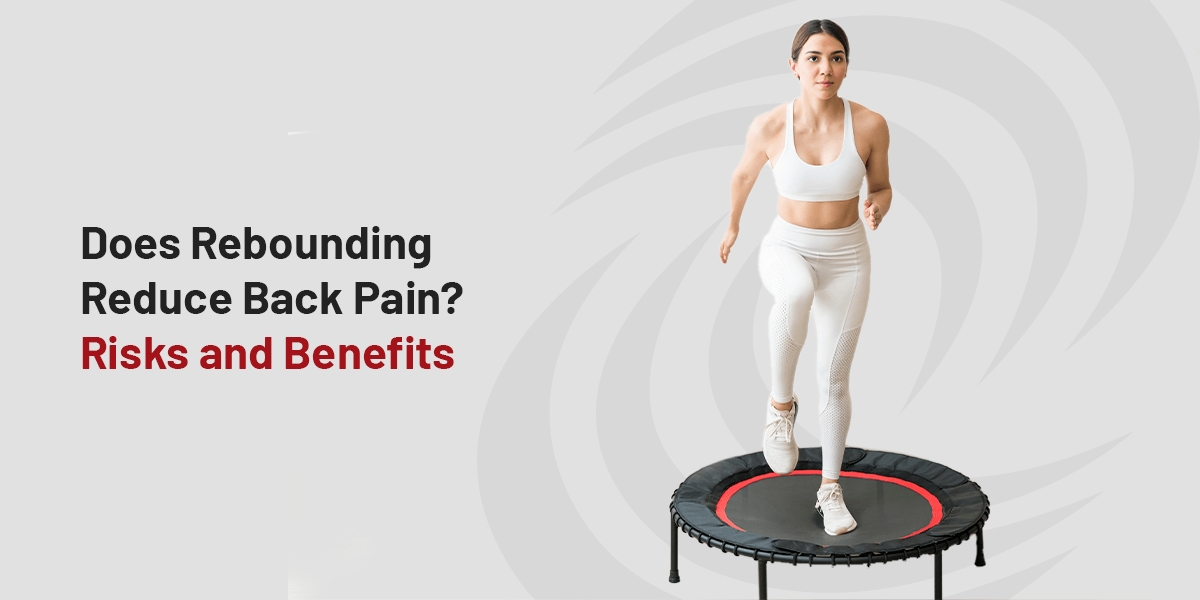
March 5, 2024
Does Rebounding Reduce Back Pain? Risks and Benefits
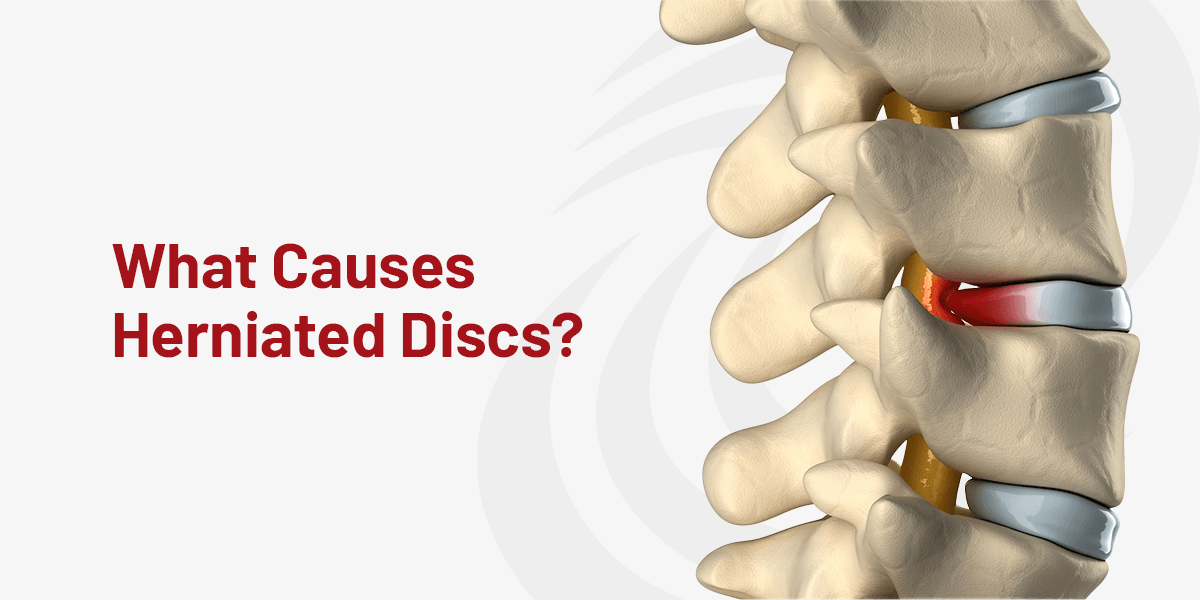
February 21, 2024
What Causes Herniated Discs?
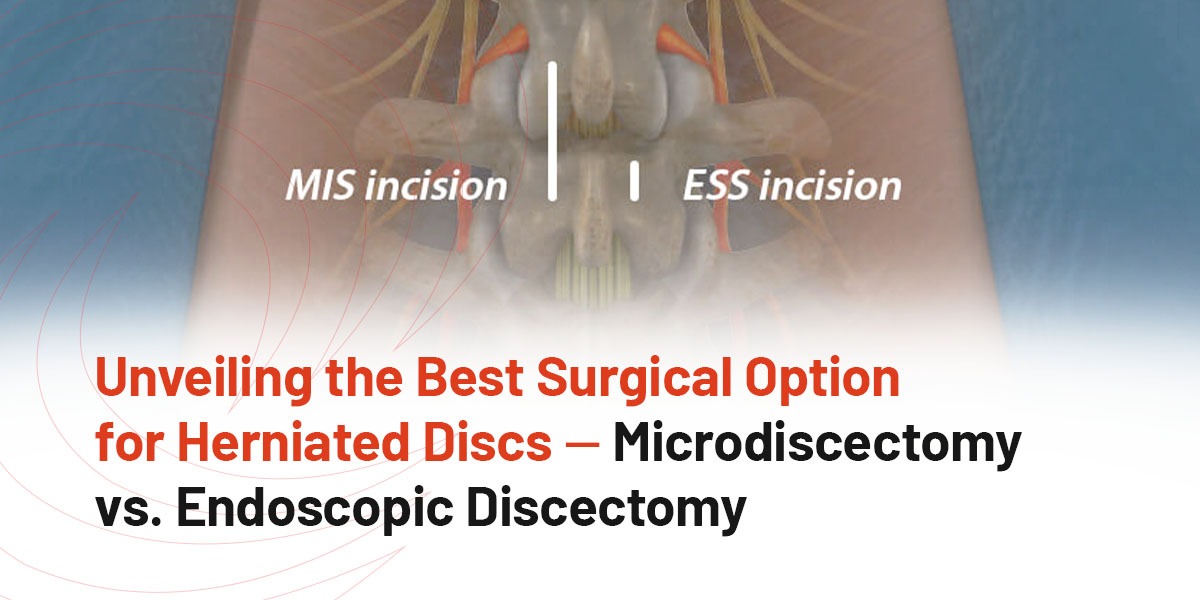
December 27, 2023
Unveiling the Best Surgical Option for Herniated Discs — Microdiscectomy vs. Endoscopic Discectomy
Up to 80% of people will experience back pain at some point in their lives, and herniated discs are frequently the culprit. This problem can cause intense discomfort. Imagine a jelly-filled doughnut squishing out its filling, and you have a rudimentary idea of what’s happening. Discs absorb shocks between the vertebrae in your spine. However, when […]
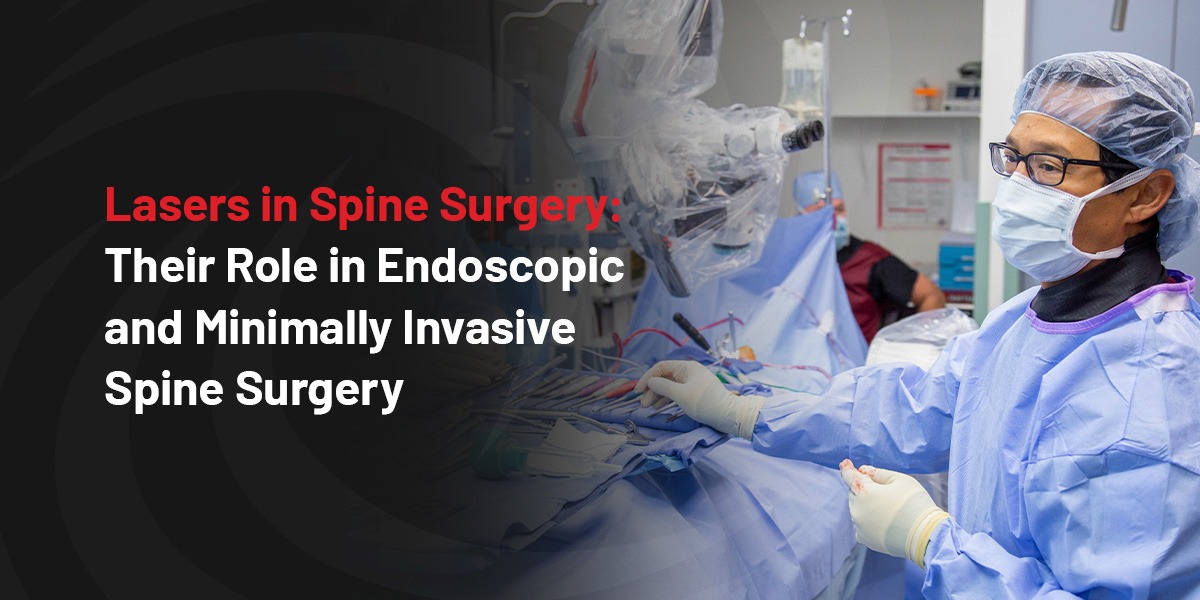
December 27, 2023
Lasers in Spine Surgery: Their Role in Endoscopic and Minimally Invasive Spine Surgery
Back pain and spinal conditions afflict a significant portion of the population, with nearly 40% of adults in the United States grappling with chronic back pain and related issues. Amidst this landscape, the allure of laser spine surgery has emerged as a potential remedy. This innovative instrument leveraging laser technology has been marketed as a miracle cure […]

November 29, 2023
Exercises to Treat Facet Syndrome
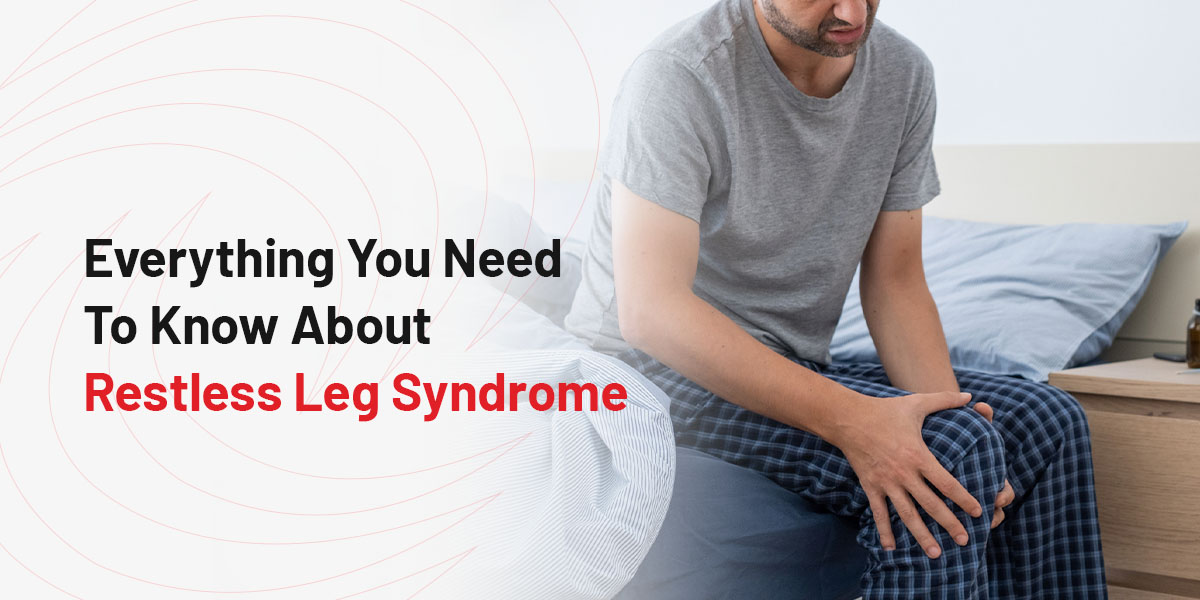
October 18, 2023
Everything You Need To Know About Restless Leg Syndrome
Do you ever have trouble sleeping because your legs and feet feel itchy, tingly or cramped? You may be experiencing restless legs syndrome (RLS), a condition that affects up to 10% of people in the United States. RLS usually happens at night or when a person has to sit still for a long time. Depending on its […]

September 7, 2023
6 Questions You May Have When Considering a Spine Second Opinion
Why should I get a second opinion on spine surgery? Does it make a difference in my outcome? Don’t all spine surgeons perform the same surgeries? The answers to these questions can vary widely depending on which surgeon or doctor you ask, but think about this: When you make major decisions about your life, like how to […]
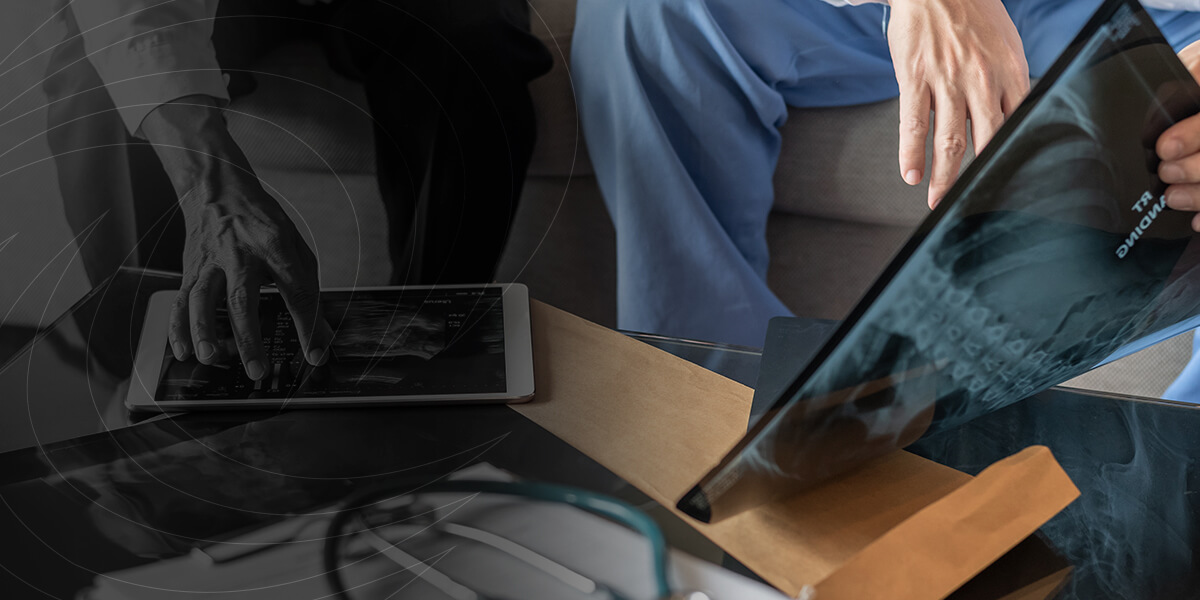
September 7, 2023
8 Questions to Ask During a Spine Second Opinion
If you’re considering getting a second opinion on your spinal condition, make sure to do your homework, research online and ask around to find the best spine surgeon. Remember that the goal of a second opinion is to clarify and determine if your diagnosis is accurate and the best treatment option — nonsurgical or surgical. […]
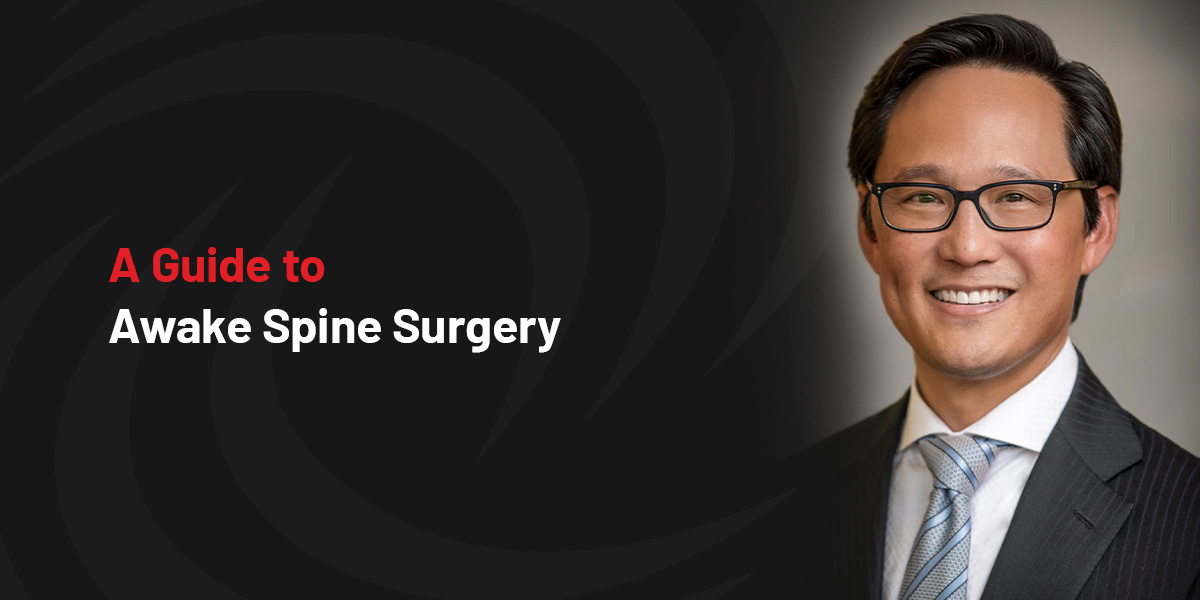
September 7, 2023
A Guide to Awake Spine Surgery
Having surgery while awake can sound a little odd, but in the field of spine surgery, it’s been happening for a few decades now. This unique method of surgery offers some exceptional benefits, helping people enjoy less recovery time and supporting surgeons in more accurate, safer procedures. Let’s explore awake spine surgery and how to […]
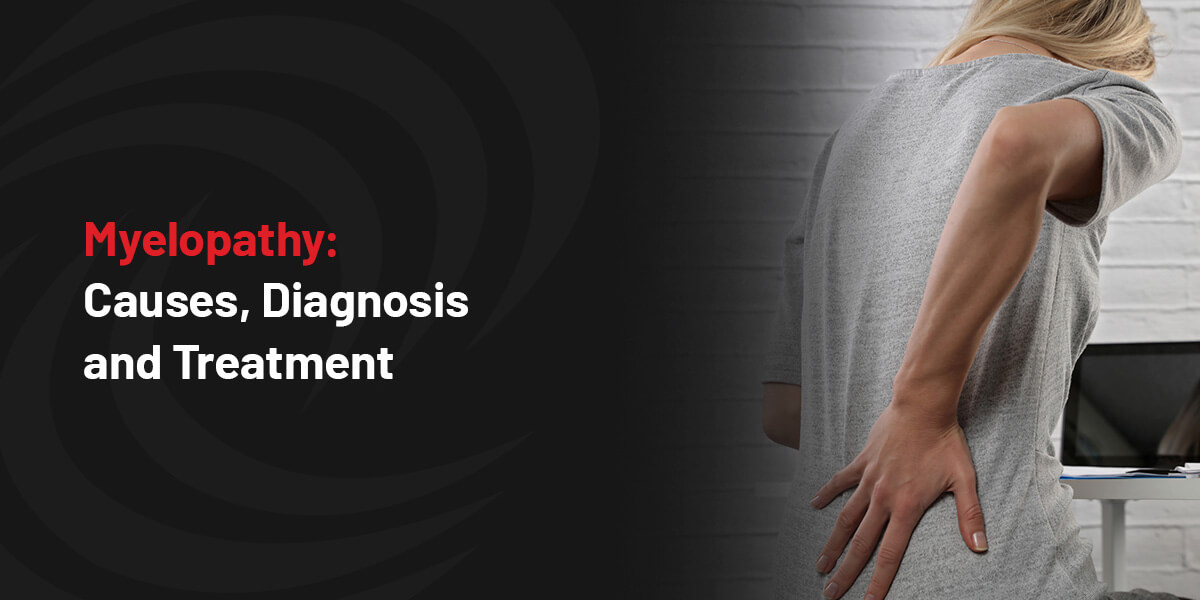
August 19, 2023
Myelopathy: Causes, Diagnosis and Treatment
Spinal injuries can wreak havoc on your life, impacting your organs, motor functions or senses. They must be handled with prompt medical attention to prevent lasting damage. Speak with your doctor if you notice any peculiar symptoms, such as those caused by myelopathy. Myelopathy is a common spinal cord condition that can limit a person’s […]
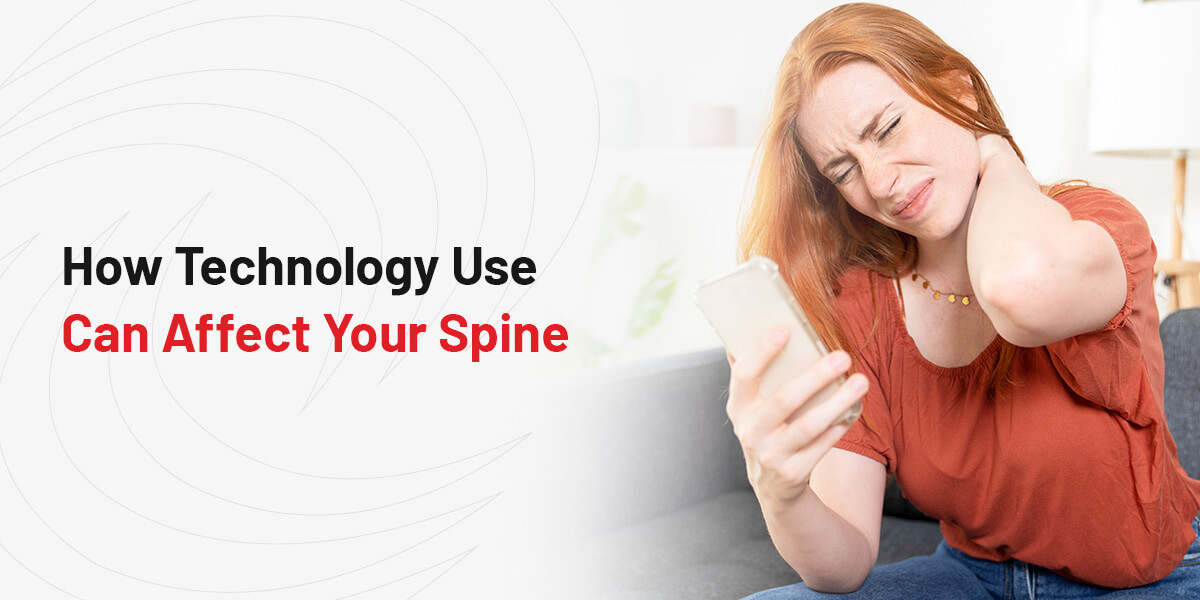
July 6, 2023
How Technology Use Can Affect Your Spine
Technology has revolutionized the way we work, communicate and entertain ourselves. However, the constant use of devices like computers, tablets and smartphones has led to a rise in health issues related to poor posture and spinal issues. Prolonged sitting, hunching over devices and carrying heavy bags can all contribute to muscle strain, neck pain, back pain and […]
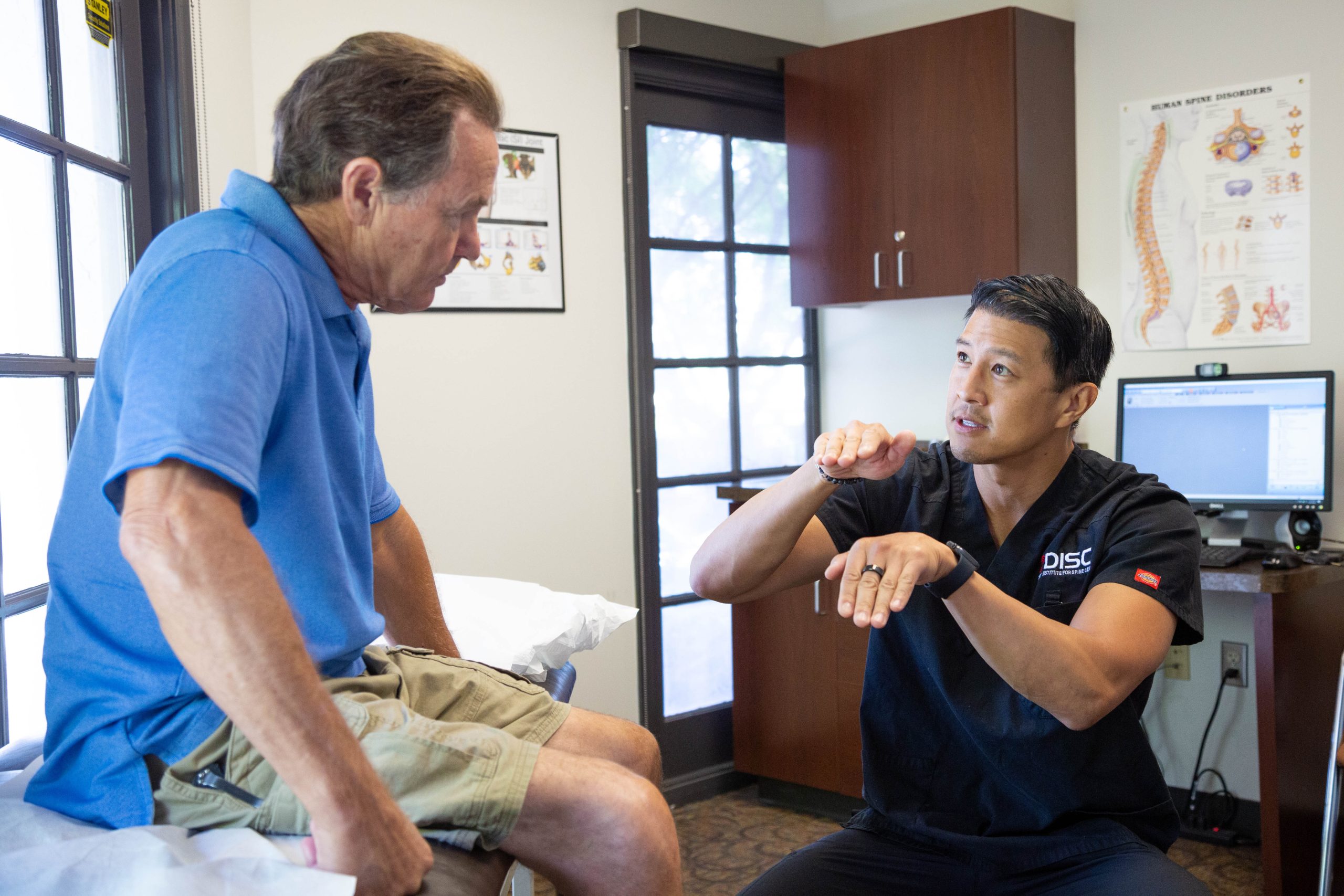
November 10, 2022
How to Prepare for a Consultation With Your Spine Doctor
Preparing for a spine doctor consultation helps you communicate with your care provider and helps your provider determine the most effective treatment plan. You can prepare for a consultation by gathering essential information, creating a list of important questions, understanding your medical history, and asking a supportive individual to accompany you to your appointment.
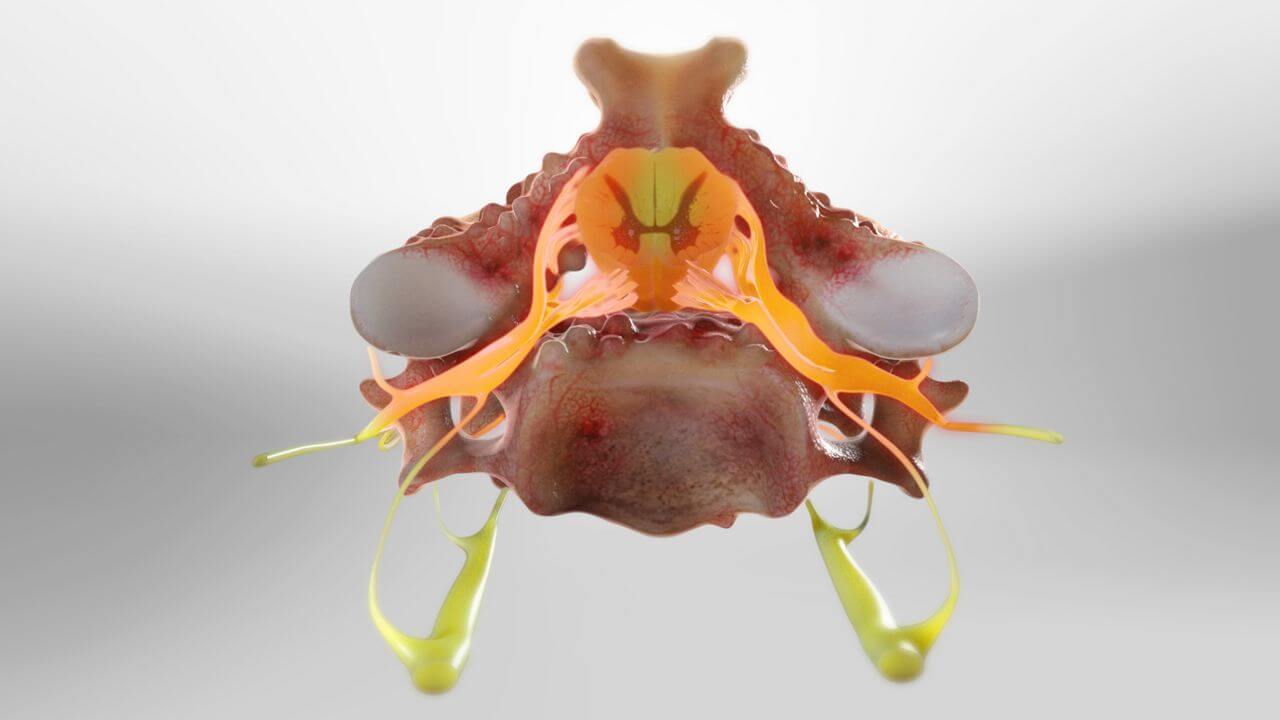
May 20, 2022
9 Treatment Options for Spinal Stenosis
Spinal stenosis is when the spaces within the spinal column narrow, leading to spinal nerve and cord compression. While stenosis can develop anywhere within the spinal column, it is most common in the lumbar spine in the lower back and the cervical spine in the neck.

November 5, 2021
Can a Chiropractor Help With Back Pain?
Several types of specialists can address back pain concerns and alleviate symptoms. Back pain has dozens of possible causes, which may be linked to trauma, aging or separate conditions. Many of those who suffer from back pain find chiropractic care beneficial. As a licensed health care professional, a chiropractor can help with back pain. In some cases, chiropractic care is not enough — a patient might need to see a spine specialist instead. It’s essential to know when to see a chiropractor for back pain and when to see a spine specialist.
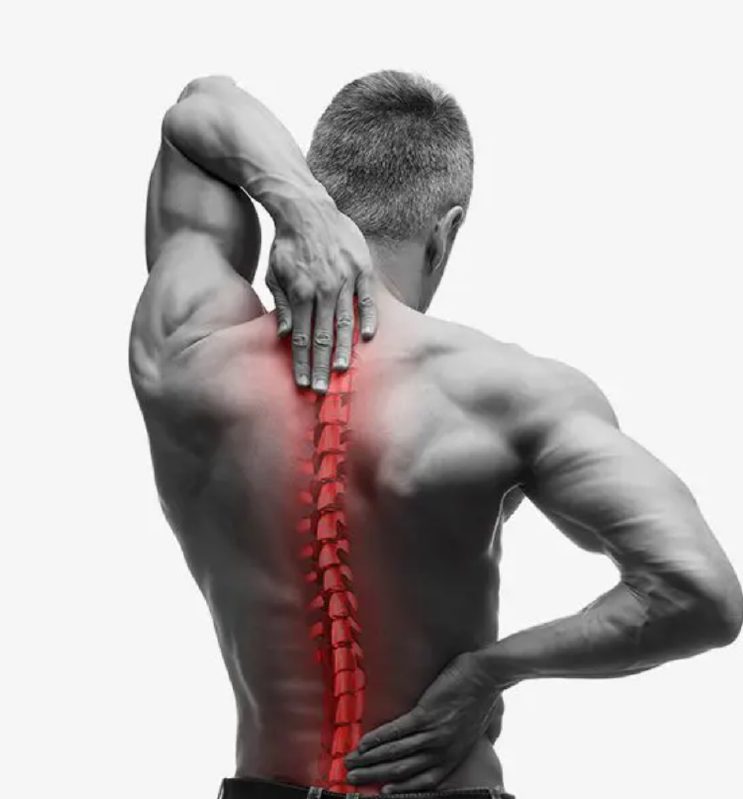
October 15, 2021
Understanding the Parts of Your Spine
By Mark Wang, M.D. The spine is an important part of the body that provides support and allows for proper mobility. The spinal column is the supportive core of our bodies, while the spinal cord bridges the brain with the rest of the body. Many people may only notice or pay attention to the spine unless there is an issue or pain. Understanding the spinal column and spinal cord anatomy can help you protect yourself from potential injuries. Additionally, understanding the parts of the spine can also help you understand where pain or discomfort may be originating from. How the Spine Works: Three Main Functions The spine is one of the most essential structures of the body, allowing us to stand, walk and keep ourselves upright. First and foremost, the spine provides your body with proper support. The support of the spine is essential to various bodily movements and functions, such as standing and walking. Additionally, your spine allows for flexible movements, such as bending and twisting. Another function of the spine is that it protects the delicate spinal cord from potential damage. The spinal cord is a collection of nerves that connect the brain to the rest of the body, allowing for various movements and processes. The spinal cord helps the body and internal organs function properly. A healthy spine is a key aspect of leading a healthy lifestyle.
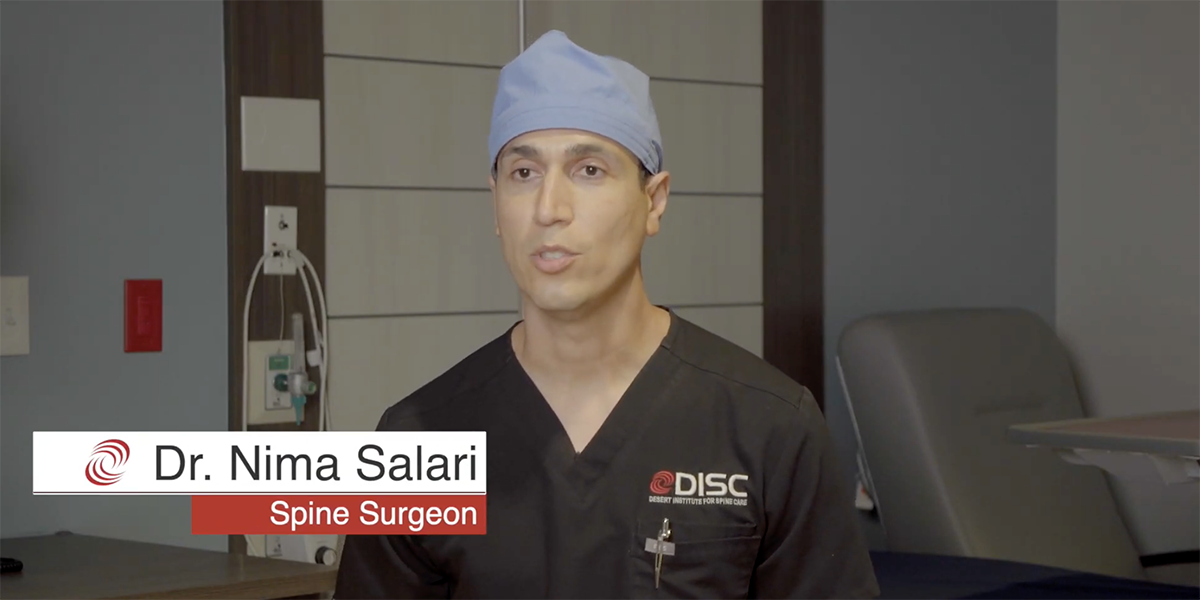
September 29, 2021
What is Endoscopic Spine Surgery?
By Dr. Nima Salari In this video, Dr. Nima Salari describes endoscopic spine surgery, its benefits, and why patients prefer these types of surgical procedures. Endoscopic spine surgery is the least invasive surgery category made up of endoscopic discectomy, endoscopic rhizotomy, and endoscopic foraminoplasty. Each of these procedures is performed through a 1/4 inch incision with an HD endoscope and attached camera. The surgeries can be achieved with the patient under conscious sedation.
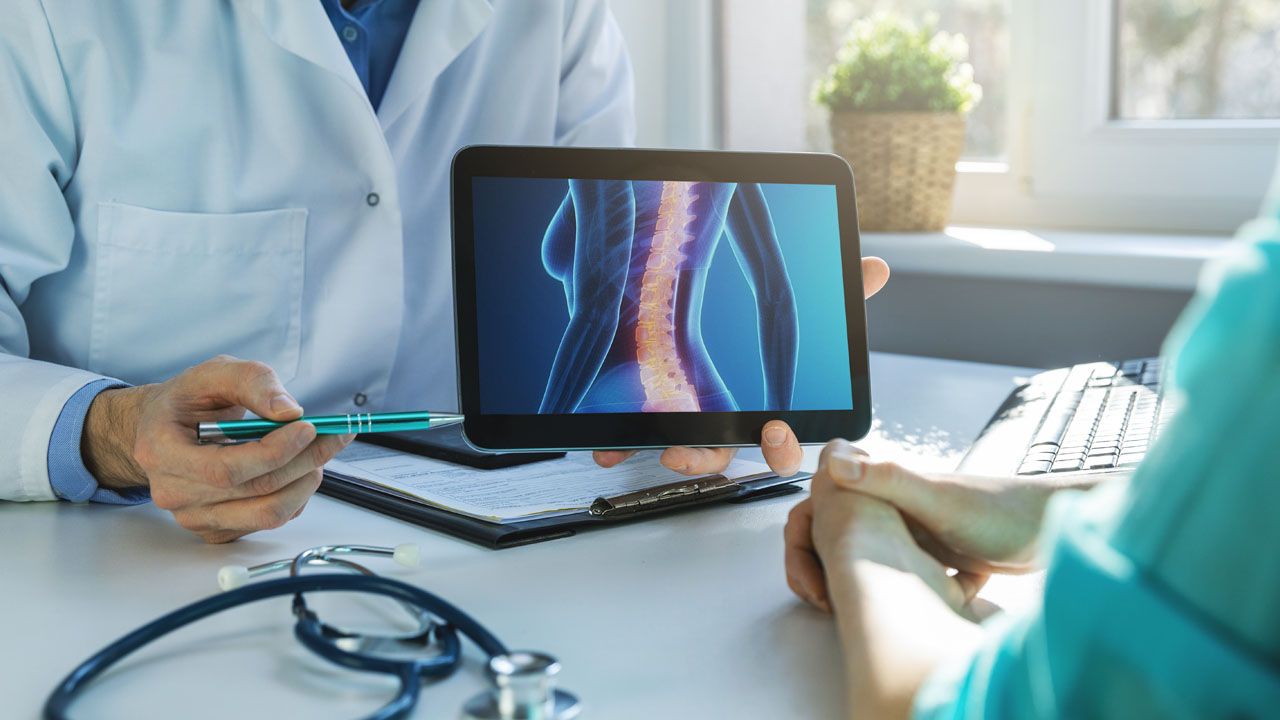
March 6, 2020
7 DOs and DON’Ts After Spine Surgery
Having surgery is a major step for any patient. Even with the shortest and simplest of surgeries, patients should follow instructions as discussed with their surgeon. This is a time to focus on healing and completing the plan set out with your care provider.
